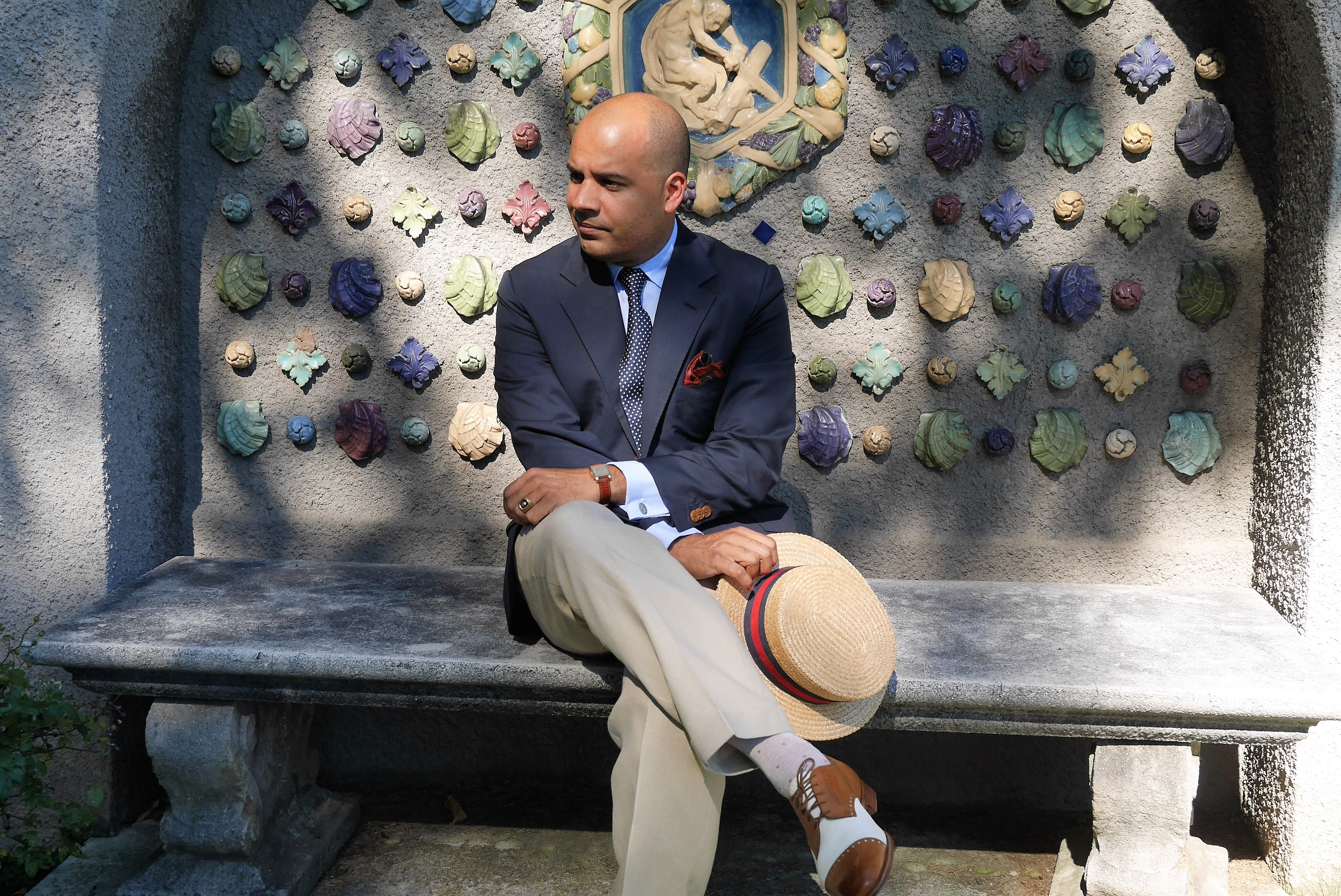Dan Flores, also known as An Uptown Dandy, is a menswear writer from East Harlem who has written for magazines like The Rake and websites such as A Suitable Wardrobe. His love of all things sartorial, combined with his passion for the history of New York City, led him to compile a photographic history of the sartorially inclined gamblers and gangsters of the Roaring Twenties. More recently, he wrote Pretty, A Novel from the East Harlem Cycle, which continues his exploration of the intersection of style and vice during the golden age of menswear.
It is a great honor to talk to this genius writer.
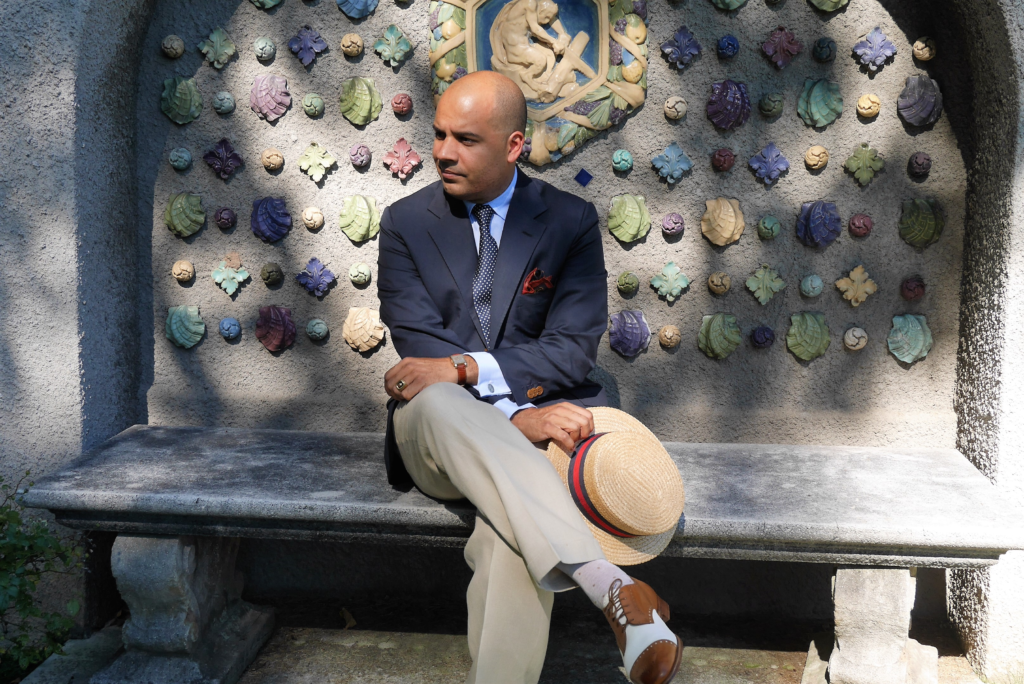
You are very proud of being a New Yorker, style wise, could you describe New York Classic menswear?
For me, classic New York menswear is almost synonymous with American menswear in the 20th century and what most people consider to be the golden age of men’s style, the 1920s and 1930s.
During that period, something like 95% of the clothing made in America was made in New York City.
Many of the clothiers and retailers that rose to prominence during that era, such as Brooks Brothers, Paul Stuart, and defunct haberdashers like Sulka, were founded in New York City and really helped to define the sartorial realm for the American male.

Much of what we today consider Ivy Style or collegiate style or leisure-wear or business-wear, from white bucks to the sack suit to double-breasted flannel suits, goes hand in hand with the sartorial history of the city.
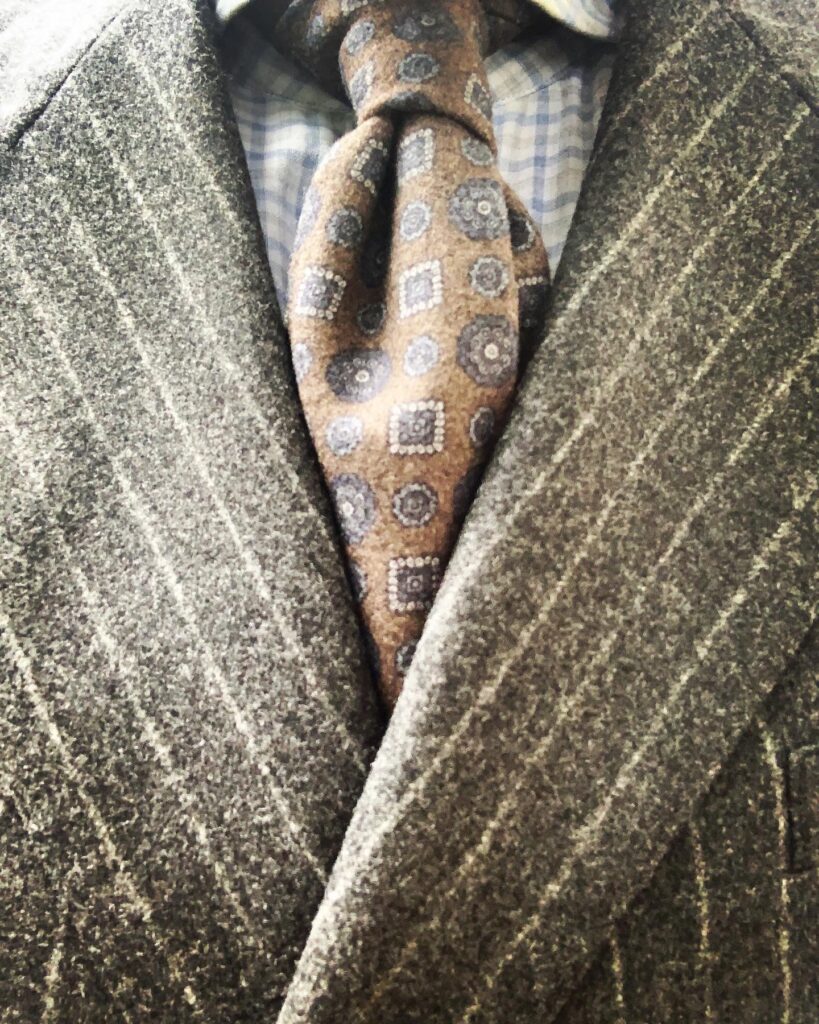
A Brooks Brothers three-roll-two sack suit with an oxford cloth button down – it doesn’t get more American (or New York for that matter) than that!
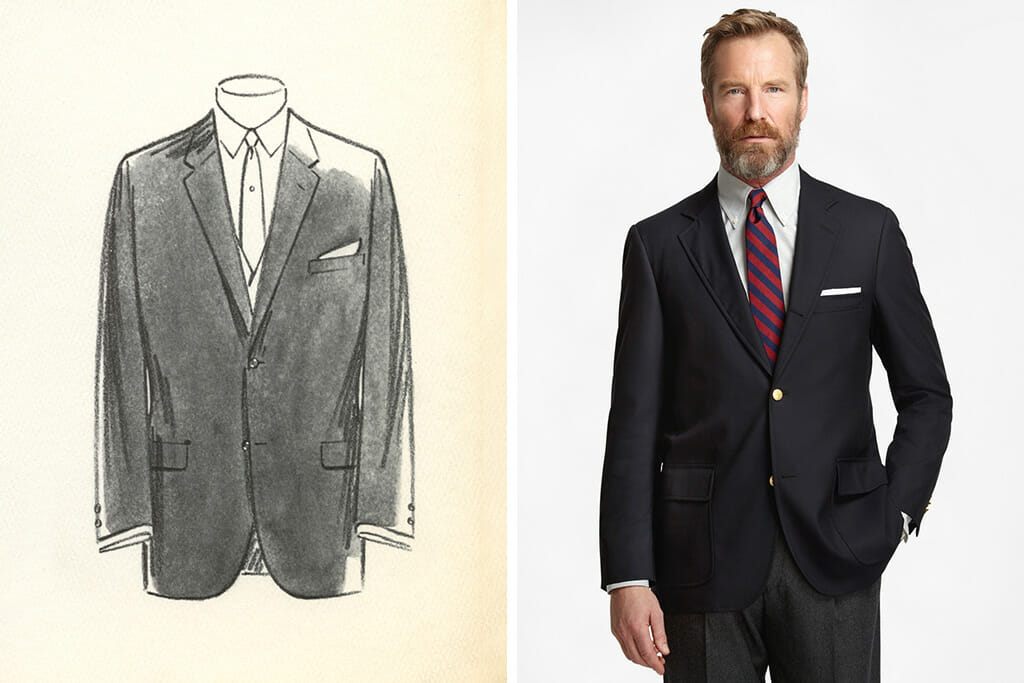
Your father set a very good style example, what were some of his favorite brands or tailoring services?
My father came of age in that old New York where there was a haberdasher or bespoke tailor on every other street. He developed a fondness for quality tailoring because he worked in these places from an early age.
He went to high school at Central Commercial on 42nd street, across the street from the New York Daily News, and one of his first jobs after school was at Paul Stuart in their shirt department. We went in there one day to look at the shoes and he began asking questions as to what happened to the shirt department that used to be on the mezzanine. This particular salesperson was fairly new but he found a senior salesperson who had been with the company for decades and he remembered everything exactly as my father did. And this sort of thing happened often!
On another occasion, I had to get fitted for a tuxedo at Eisenberg & Eisenberg on 17th street. I think we had just finished lunch somewhere like the Second Avenue Deli so he decided to tag along to the fitting. As we walked inside, it suddenly dawned on my father that he had also worked here before as well. I believe it was after high school, in the bespoke pants workrooms, when the company had owned an entire building full of showrooms and workspaces. The Eisenberg family member on the premises that day appeared skeptical of my father’s claims, until he went into some detail about the original premises being around the corner and describing the elder Eisenberg that he worked for to a ‘T’.
His crowning achievement in the sartorial sphere, so he claimed, was an unverifiable boast that he had once waited on the Duke of Windsor as he picked through cashmere sweaters when he worked in a small atelier on Third Avenue near 33rd Street that was owned by Herbert Gray or Grey.
Ultimately, I’m not sure that my father had a favorite brand. There were so many brands and retailers in the city that he spoke highly of in terms of quality and style – from Paul Stuart to F.R. Trippler & Sons to Brooks Brothers to Amos Sulka to Stetson. He was, above all else, a student of style and an admirer of quality.
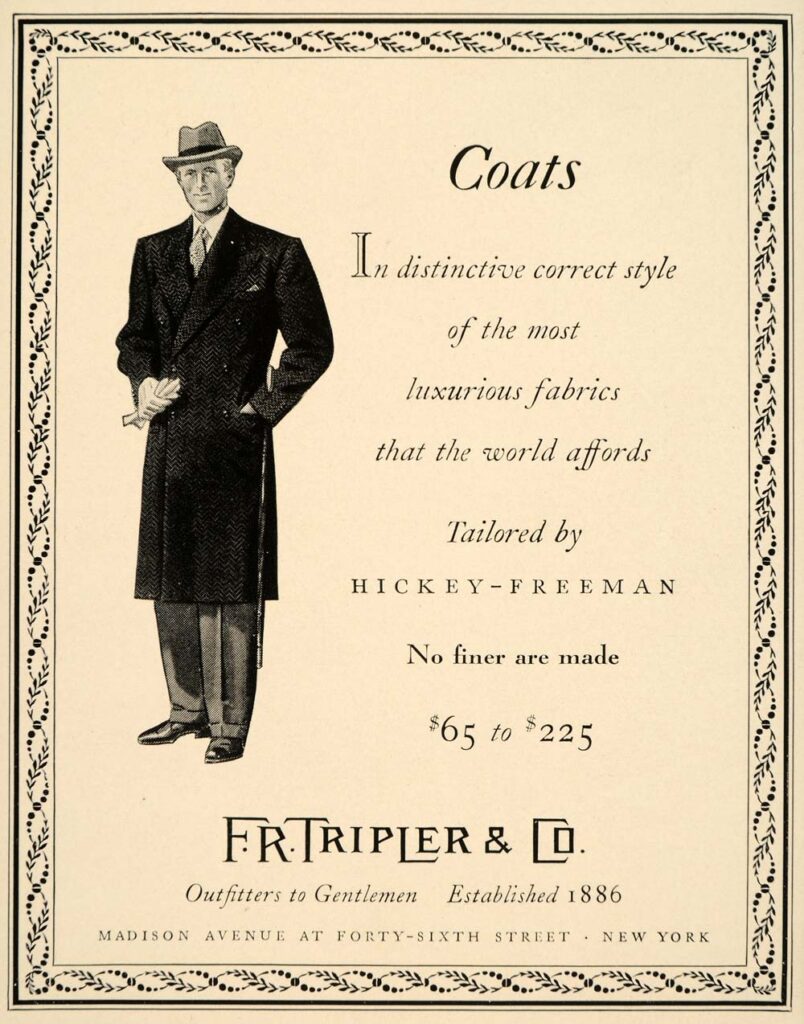
What items have you spent most time and money on?
I hesitate to sit down with pen and paper to do the math! I have acquired a decent shoe collection that I began assembling once I graduated from law school.

I believe my first pair of shoes were Grenson Masterpieces made for Paul Stuart’s Stuart’s Choice line that were purchased via the legendary Bennie’s of Atlanta Grenson sales.
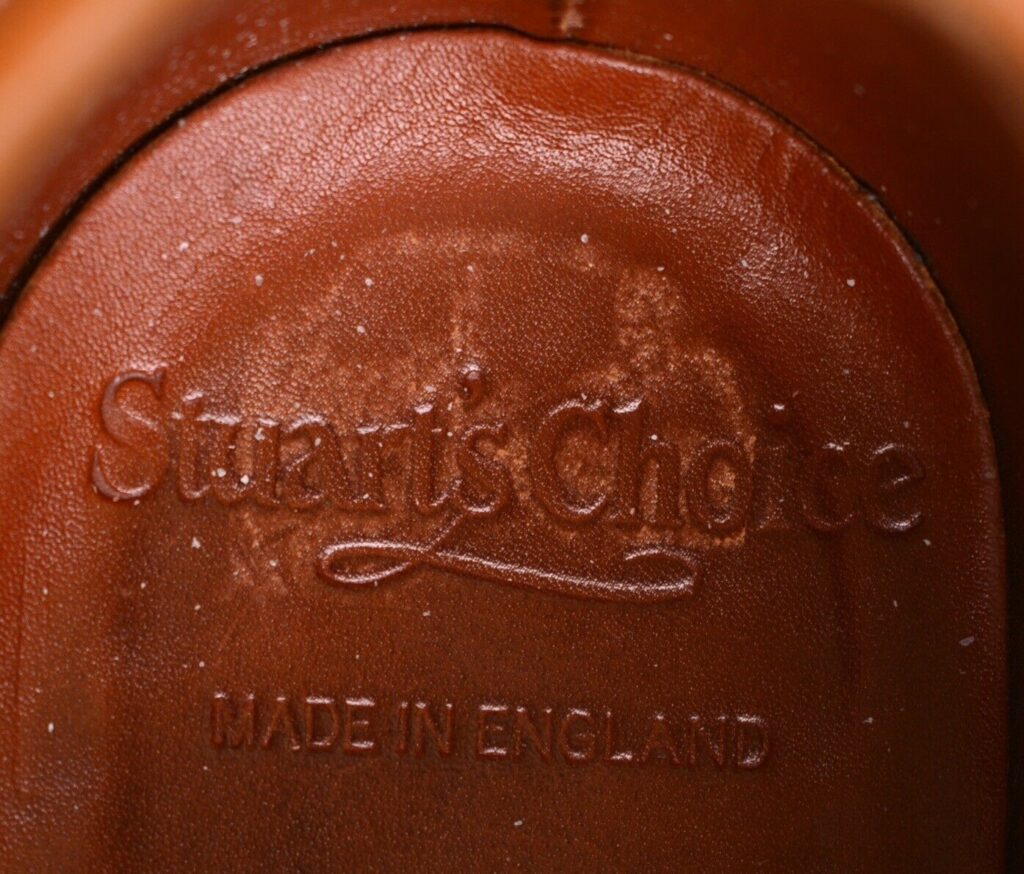
Around the same time, I also purchased my first pair of Johnston & Murphy Handmade 100s through Bennie’s (my father always spoke highly of J&M) – the top of the line American-made shoes from the factory in Tennessee that supposedly had retailed for upwards of $1000 back in the 1960s. These were deadstock items that Bennie’s had acquired before the factory was shut down and production was moved to Mexico.
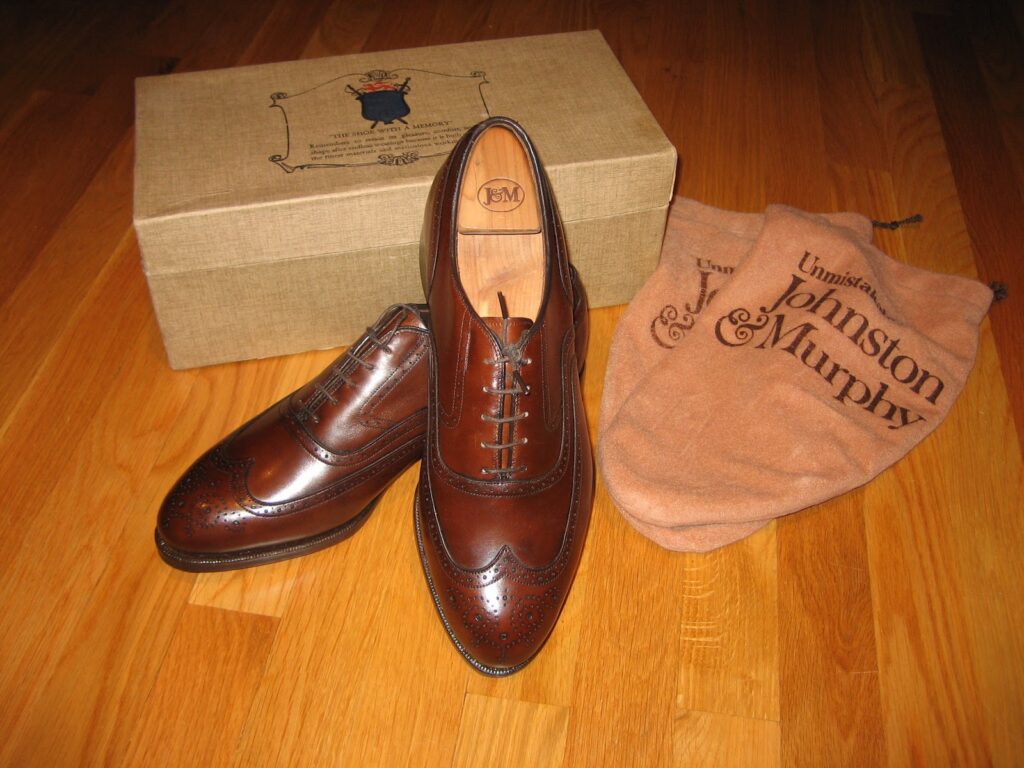
So even at the beginning I was looking towards classic English shoes made in Northampton but with an eye on well-made American shoes. Unfortunately, by the time I really got into footwear, most American shoe companies were American in name only. Production had been moved out of the US, except for a handful of companies like Alden, Allen Edmonds, Rancourt, etc. So I’ve probably spent a pretty penny on shoes over the years as my tastes gravitated toward offerings from companies like Edward Green or John Lobb; however, on the other hand, all of those shoes are still with me, in excellent condition and still stylish. You get what you pay for!
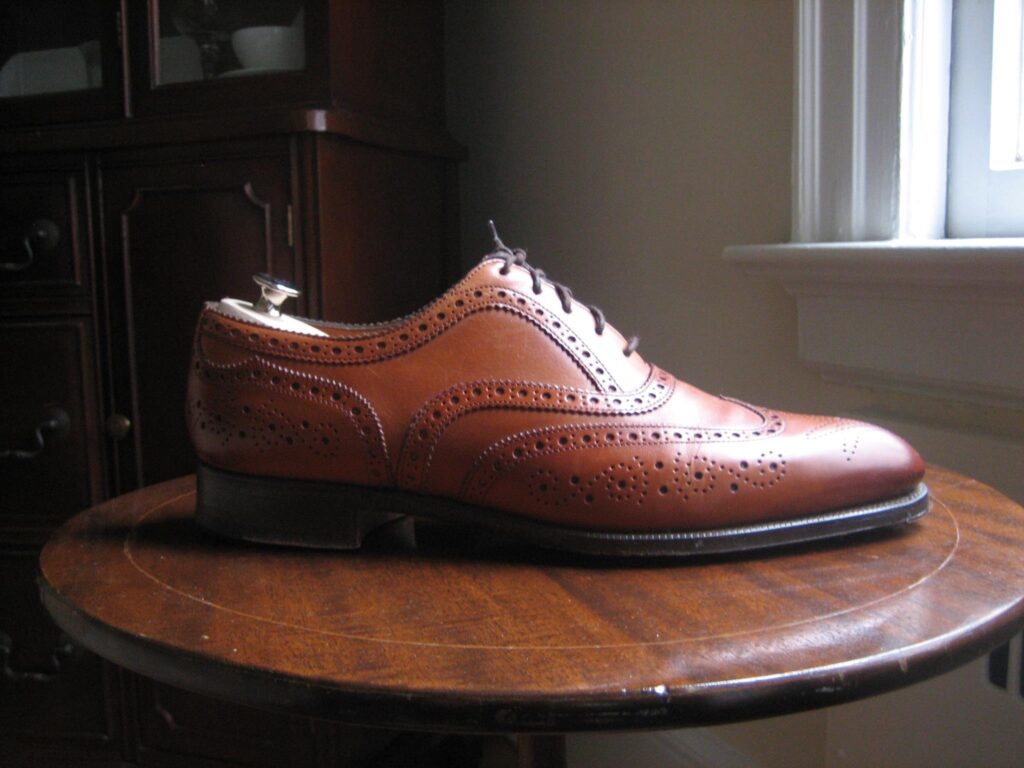
Are you a big fan of Edward Green? Do you have other brands to recommend?
I think it’s safe to say that Edward Green is my favorite shoemaker! Obviously these things are subjective, but in my opinion the combination of craftsmanship and style offered by Edward Green, particularly the blend of classic detailing and exquisite last shapes, is just unparalleled. I also can’t get enough broguing, so for me the pinnacle of English shoemaking has to be either Edward Green’s Falkirk or Windsor models. I understand these are models derived from styles first introduced in the 1930s, so I suppose it’s not surprising that they would have caught my eye.
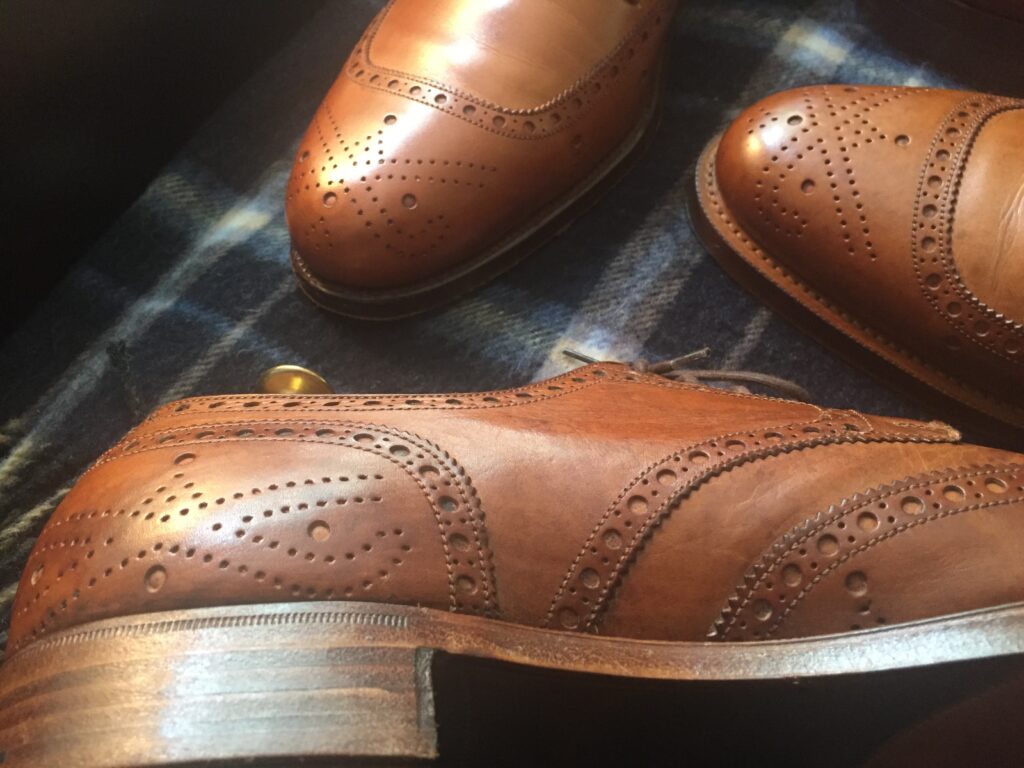
But there are quite a few Northampton shoemakers crafting wonderful footwear that I’ve been fortunate enough to sample. Two that stand out are Gaziano & Girling and Crockett & Jones.
Moving away from England, I think the Far East is really beginning to come into its own as a place known for well-crafted footwear on par with the best that the English have to offer.
Recently, I commissioned a pair of wing-tipped captoe brogues from Winson Shoemaker in Indonesia. I’ve always had a soft spot for museum calf since the days when it was exclusive to Lobb, so I chose a medium brown similar to Lobb’s old museum gold calf leather. The craftsmanship coupled with the attention to detail, quality service, and competitive pricing was really eye-opening.
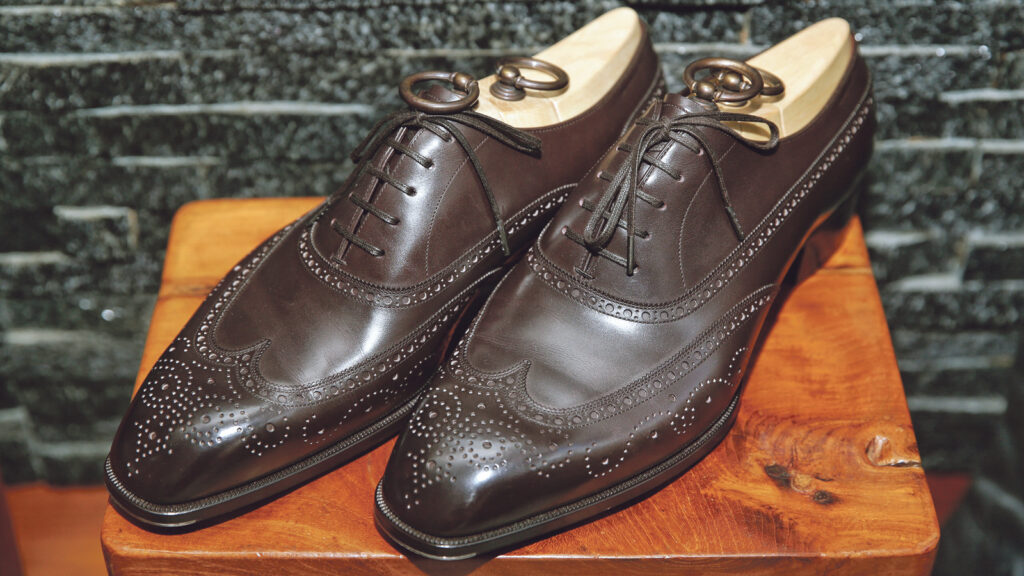
Closer to you, I have also been impressed with Jim Jun and Acme, and I hope to get a closer look at those shoes in the near future.
I heard that you fell in love with Vintage Polo Ralph Lauren, what makes them special and great?
Ah, where to begin with vintage Polo! For me it probably starts with my natural affinity for the style of the 1930s, which is obviously a big part of the Polo mystique. I suppose, without Ralph Lauren, I would have had to focus on authentic pieces from that era, or realized those pieces via bespoke.
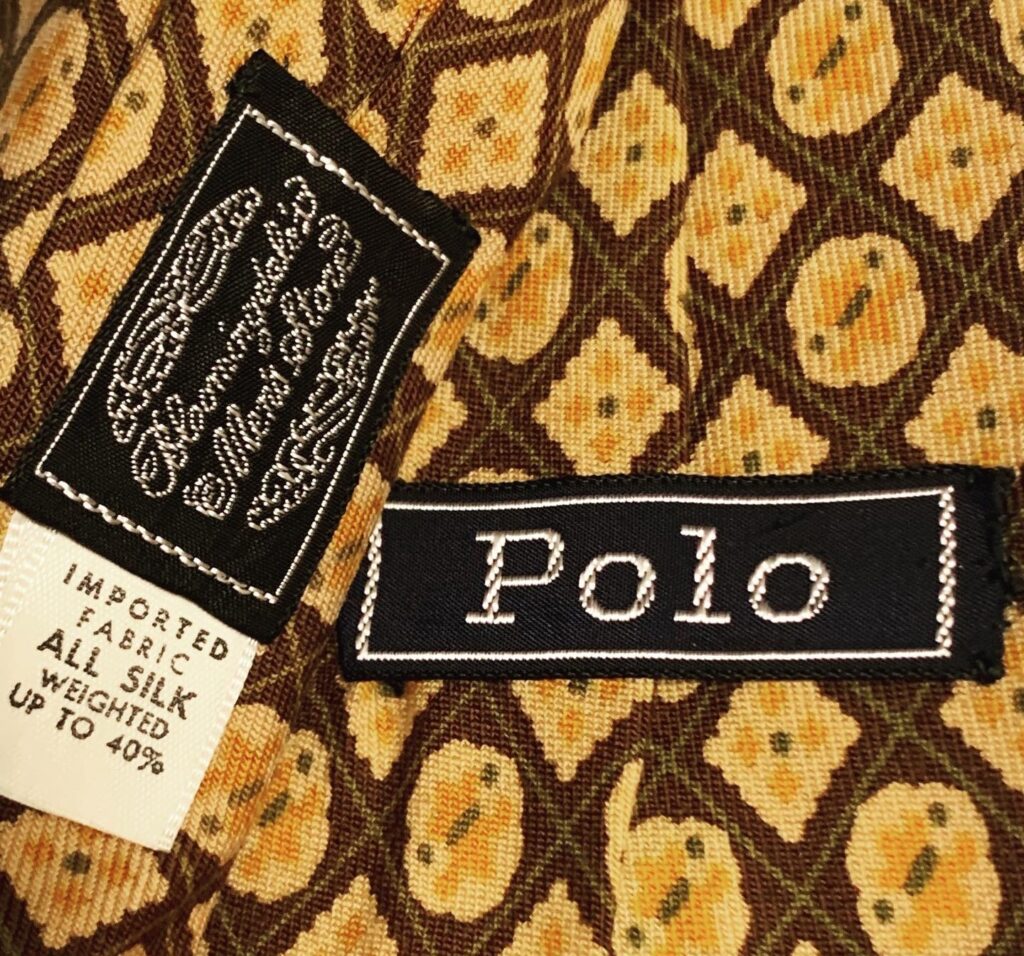
Half-belted jackets with pleated backs and pleated pockets made from overcoat-weight tweeds or polo coats with razor sharp lapels cut from English fabrics featuring oversized Prince of Wales checks? You just can’t find stuff like this anywhere else.
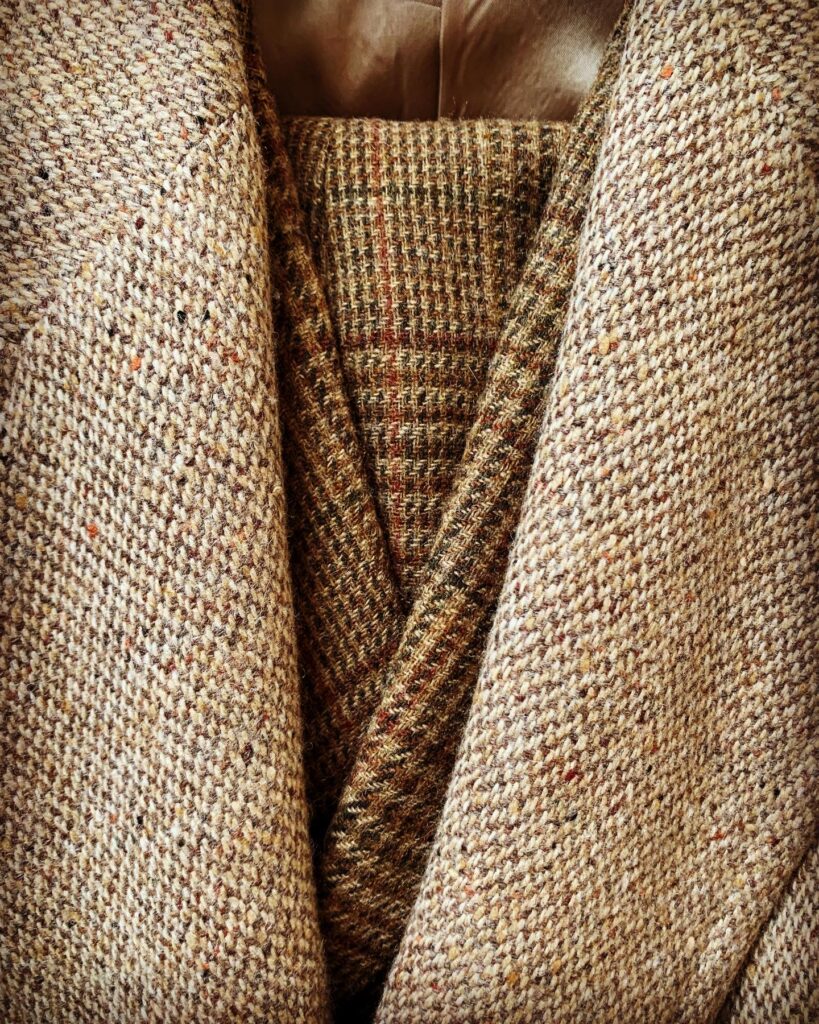
The real vintage enthusiasts like to point out that the 5-inch lapels on the sportsjackets and low button stance are anachronistic, and that may be true to some extent if you’re comparing a Polo piece from 1975 with an NRA-era belted back suit.
But I think that misses the point! For me, early Polo items reflect a certain period in American-style, yet there’s still something timeless about it. At the same time, so much of the history of American style has an aspirational element, and I think a lot of what Ralph Lauren did with Polo during what many enthusiasts consider to be its golden age was built firmly upon that aspirational component.
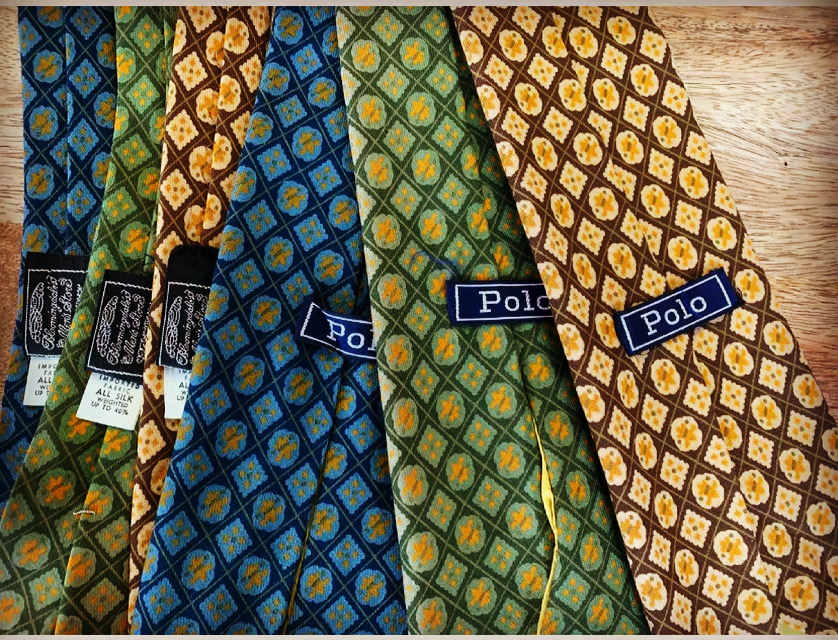
Could you recommend some great items to us? We just want to spend money!
Ha! What a question! It’s been very cold here in January in the Northeast part of the United States recently. When temperatures begin to drop below freezing, I usually break out my vintage Avirex B3 bomber jacket. It was made to keep the bomber flight crews warm in combat during WWII; so it’s an oldie but a goodie.
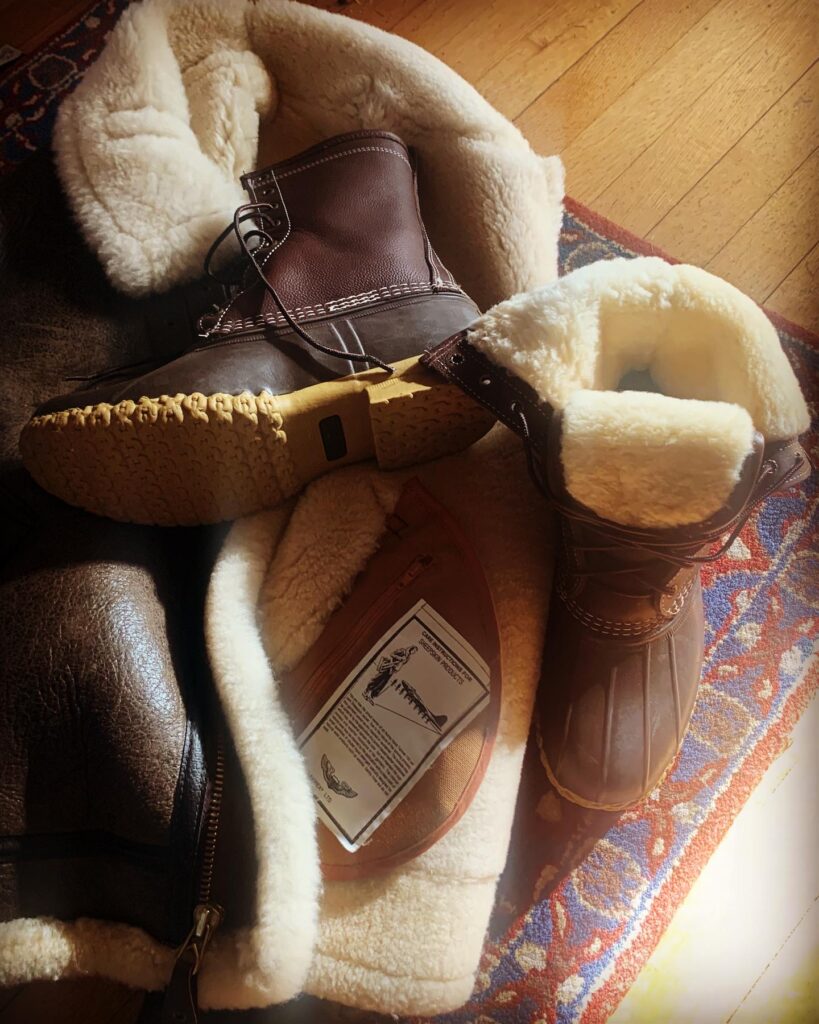
Avirex was a New York City company but it’s no longer in business, but if you don’t want to spend hours trawling the internet for one, I’d recommend one from Schott Brothers, an American company in Union, New Jersey that’s been in business since 1913. It doesn’t get much more heritage brand than that! I was recently at the factory and the leather jackets that they make are still of the highest quality. I purchased their delivery-man jacket with the sunray paneling on the back – it’s a 1950s design made from Chromexcel leather sourced from Horween of Chicago, another venerable American company. It’s not as warm as the B3 but it’s pretty awesome.
Speaking of Horween leather, if you still have any money left in your wallet, I’d recommend a pair of classic leisure handsewn loafers from Alden in one of their exotic leathers, also from Horween. I was looking at my pair in Ravello shell cordovan that I ordered via the ShoeMart in Norwalk, Connecticut. Worth every penny because the shell cordovan leather only gets better with age!

Finally, if you’re in the market for something to read on the subject of men’s style, I’d recommend the recently unveiled men’s magazine No Chaser. The brainchild of Karl-Edwin Guerre of Guerrisms fame, I think there’s enough style inspiration packed in its pages to keep you busy for a while.
I notice your blog has very few updates over the last few years, what are you busy at?
Over the course of the last few years, most of what I have to say about what I’m up to, from a recent purchase that I’m excited about to something that I saw in the city or a place that I visited, has been posted on Instagram. It seems to allow just enough space for me to say what I want to say and show what I want to show! So I would say that if you want to see new content that is familiar to what you used to see on the blog, head over to An Uptown Dandy on Instagram! @an_uptown_dandy.
In addition to the blog, though, I began doing a bit more writing for publications such as The Rake and A Suitable Wardrobe in the menswear sphere.
At the same time, I began working on compiling a record of the stylish underworld of the 1920s in New York City and Chicago which became The Best Dressed Man In The Room, A Photographic History of the Sartorially Inclined Goniffs, Gamblers and Gangsters of the Interwar Years, 1920-1945.

From there, I moved into a different space yet again and tried my hand at a novel about East Harlem, the rackets, and the Puerto Rican migration to my neighborhood during the Roaring Twenties and Depression-era Thirties. The book is called Pretty – A Novel from the East Harlem Cycle. It was published this fall and is available in print and eBook formats via Amazon.

I really want to read The Best Dressed Man In The Room! Where did you collect the photos?
The photos were collected from a variety of sources.
The Binder Collection is an unparalleled private collection of gangster-related photographs from the Twentieth Century, collected and curated by John J. Binder.
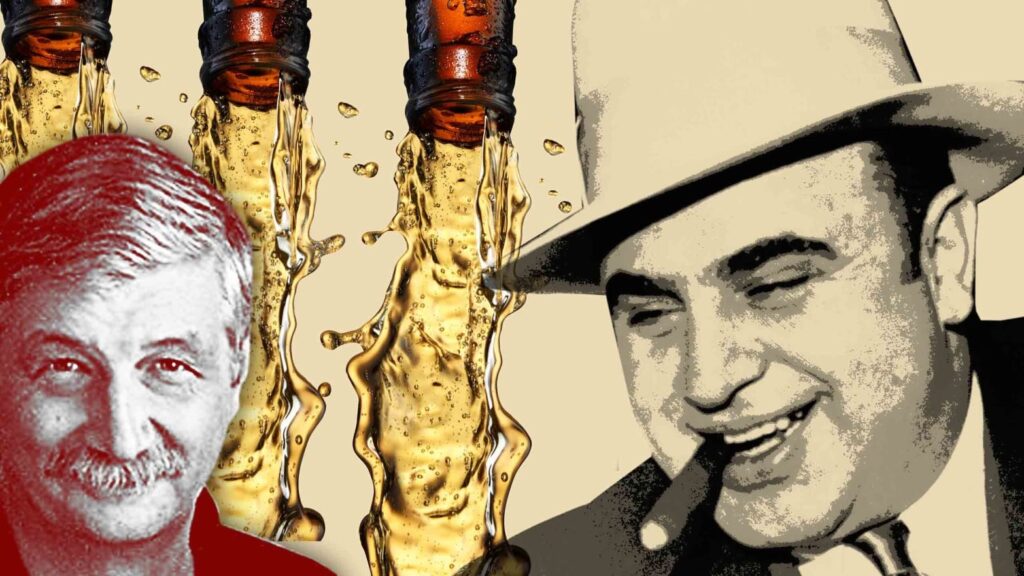
Mr. Binder is probably one of the foremost experts on Capone-era Chicago gangland history, although the scope of his collection extends far beyond the confines of the Windy City. When I first approached him with the idea for a sartorial history, I think he was taken by the idea because it was somewhat unique and provided a fresh perspective. His focus had always been the crime scenes and police lineups and not so much what someone was wearing at the time of an arrest or an incident on the street. His help was instrumental because his collection is really quite extensive.
After that, I was able to round out the book with images from various local newspapers that devoted quite a bit of space to the gangland events of the day, such as the New York Daily News and the New York Post, which were available via sites such as Corbis and Getty Images.
What aspiration do you get from writing both books?
I think the main thing that I took from the photos from The Best Dressed Man was the reminder that the aspirational element is something that is integral to American style. And that there is this thing called “gangster” style that is an oxymoron! But I think what these images show is how these men had a certain elegance and style despite their backgrounds or occupations. Clothes certainly don’t make the man but sometimes they do provide some insight into an individual’s ideals and aspirations. I also feel like these images provided a much more realistic look at how men dressed in “real life” during that era. Students of the era tend to fixate on style as curated and presented by Hollywood – and in some cases there may have been a dose of realism when someone like Fred Astaire would provide his own wardrobe – but, for the most part, it was called the Dream Factory for a reason!
Please say something to Chinese readers.
I think it’s a great time to be a menswear enthusiast in China! In recent years, brands like B&Tailor (it is Korean) and Acme Footwear have shown that the future is very bright for men’s style in the East. I look forward to seeing what comes next with great anticipation!

